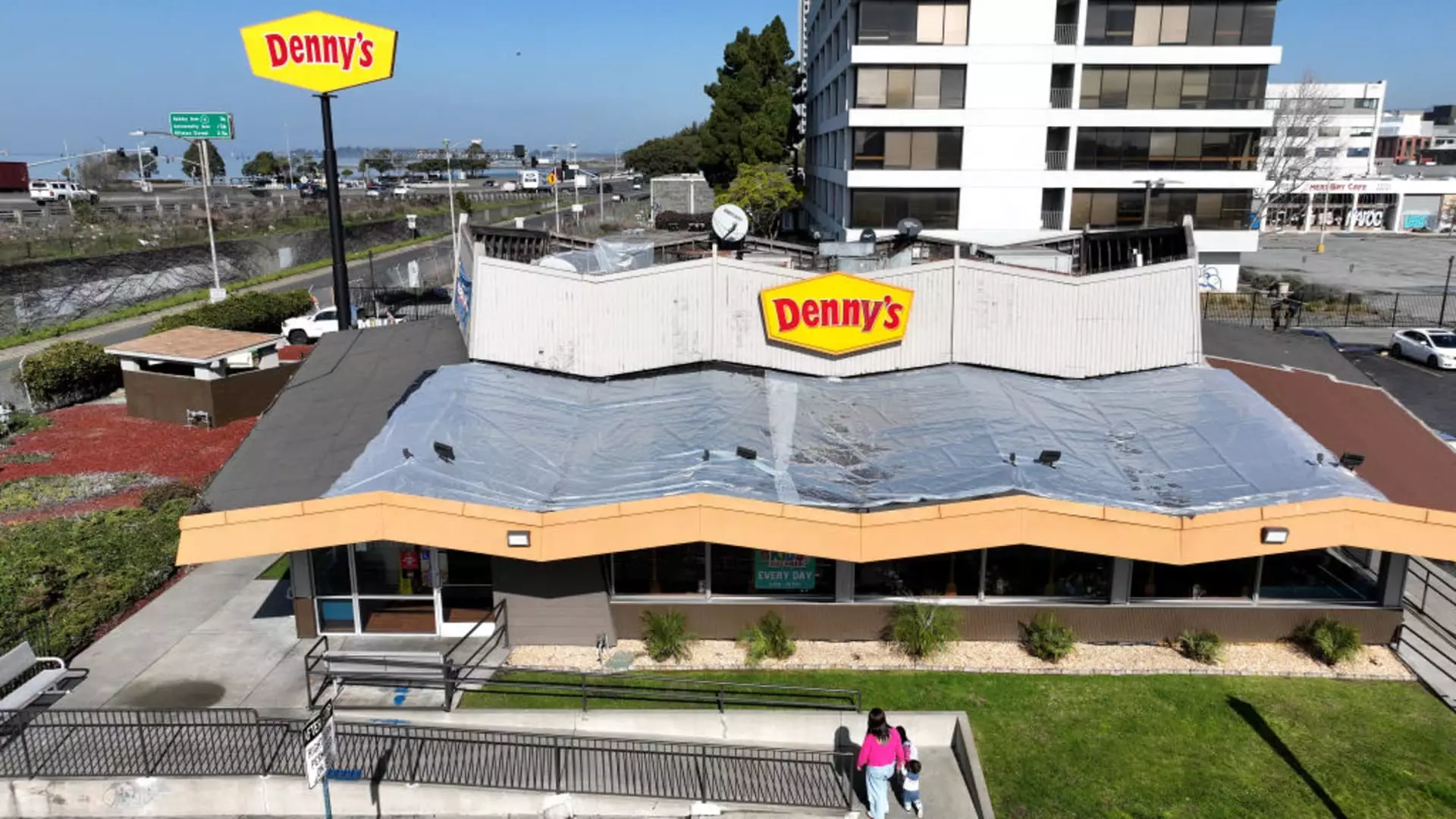The year 2024 has proven to be a tumultuous one for the U.S. restaurant industry, acting as a stark reminder of the vulnerabilities that many establishments face amidst economic fluctuations. Inflationary pressures and shifting consumer preferences have heightened financial strains, forcing even well-known chains to reassess their operational strategies. This article dives into the challenges, closures, and adaptations of various restaurant brands throughout the past year, illuminating the transforming landscape of American dining.
The restaurant industry in the United States has been beset by challenges like never before. Following a substantial decline in restaurant visits for the first ten months of 2024, driven primarily by inflation-hungry consumers seeking cost-effective dining alternatives, many chains found themselves compelled to consolidate their operations. Data from Black Box Intelligence underscores the stark reality: the decline in patronage and subsequent drop in sales have intensified pressures, leading to an unprecedented wave of bankruptcies. A staggering 26 restaurant companies filed for Chapter 11 in 2024—nearly three times the number observed in 2020 during the pandemic’s peak.
This trend highlights a dual crisis: an immediate economic hurdle stemming from consumer spending habits and a broader challenge faced by casual-dining chains struggling post-Great Recession. The emergence of fast-casual dining establishments has transformed consumer choices, with brands like Chipotle and Sweetgreen siphoning off former casual diners. As consumers gravitated toward convenient and appealing dining experiences, the burden on traditional dining establishments became increasingly acute.
Key Closures and Corporate Adjustments
In an environment where adaptability is critical, several prominent restaurant chains announced significant closures in 2024. Wendy’s is perhaps the most notable example, declaring it would close 140 underperforming locations by year-end. This decision followed earlier closures of roughly 80 sites, reflecting a disciplined pruning of restaurants that generated around $1 million annually. By ensuring a more efficient operational footprint, Wendy’s aims to stabilize its overall restaurant count through new openings slated for 2025.
Similarly, Dine Brands, the parent organization behind Applebee’s and IHOP, revealed plans to shutter 25 to 35 Applebee’s locations while witnessing a continual decline in same-store sales for six consecutive quarters. The ongoing struggle for Applebee’s has been mirrored by Denny’s, which closed about 50 locations in 2024 and plans to shutter an additional 100 over the next two years. Much like Wendy’s, Denny’s strategized to close its weaker-performing restaurants, a move executives believe will enhance sales and profitability in the long run.
TGI Fridays also faced significant turmoil; the chain’s recent Chapter 11 filing was precipitated by 86 restaurant closures in an attempt to streamline its operations. This troubling trajectory raises questions about the future viability of TGI Fridays as it navigates bankruptcy proceedings, uncertain of how many of its remaining establishments will survive.
Despite the overwhelming challenges, some chains are striving for recovery and proactive adjustment. Red Lobster exemplified resilience, managing to execute over 120 closures yet expressing optimism about its future following a change in ownership. Although the recent history of the company has been tumultuous, there is now a focus on rebuilding. The seafood chain’s management has committed to refining its operational strategies in the wake of its bankruptcy exit—a move aimed at solidifying its return to relevance.
Fast-casual chain Noodles & Co. also aimed for a turnaround by closing about 20 locations and revamping its menu with new offerings more aligned with contemporary tastes. This kind of proactive re-evaluation is vital for a restaurant’s survival in a climate where consumer preferences shift relentlessly.
As the dust settles from 2024’s upheaval, the restaurant industry must contemplate how it can adapt to ongoing shifts in consumer behavior. The closures reflect deeper issues beyond individual restaurants; they highlight a transition in dining habits that prioritize convenience, affordability, and modern culinary experiences. Brands must craft new narratives, focusing on customer engagement and satisfaction to reclaim diners’ loyalty.
Overall, while this year has been a harbinger of drastic change and challenges, it also underscores the necessity of adaptability and reinvention in a swiftly evolving industry landscape. With consumers growing more discerning, the opportunity for growth lies in listening to their demands and aligning offerings accordingly. The restaurant industry’s resilience may just lie in its ability to learn from 2024 and embrace the future with renewed vigor.

Leave a Reply